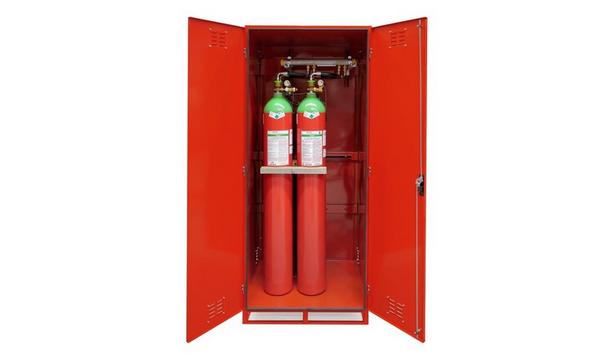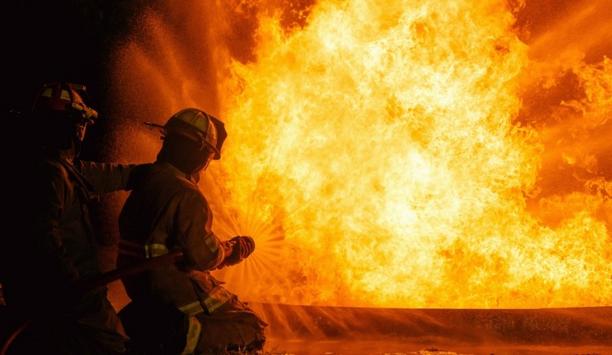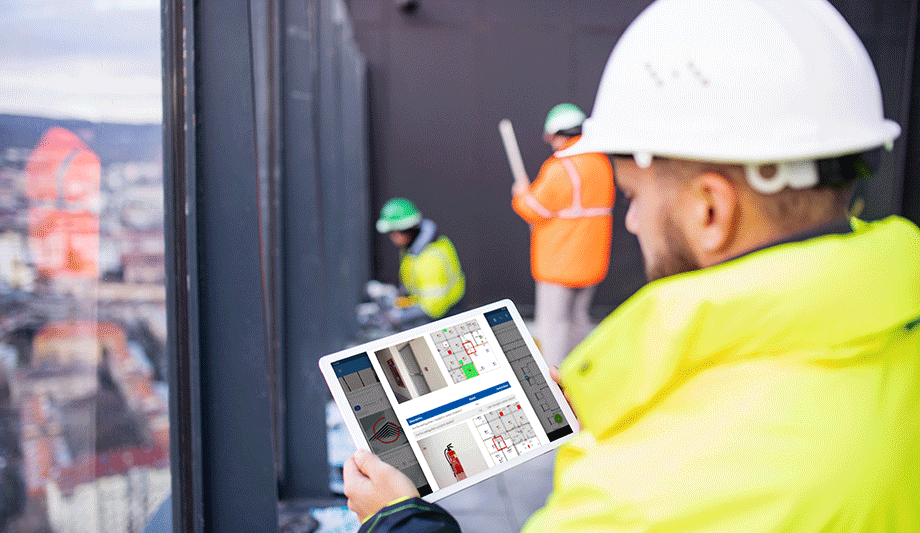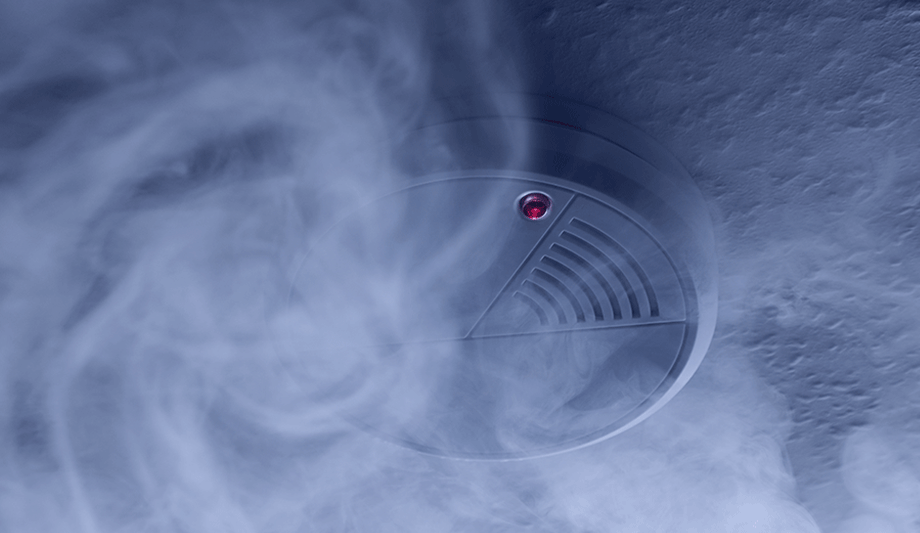Every door assembly will have a gap at the bottom of the door, so it can operate. However, this same gap will allow fire, smoke, sound and draughts to pass through.
Therefore, the correct gap size at the bottom is crucial for the overall performance and effectiveness of the door.
Preventing Fire and Smoke
Fire doors are engineered to prevent the spread of fire and smoke within a building
Fire doors are engineered to prevent the spread of fire and smoke within a building. To ensure their proper functionality, it's essential to maintain specific clearances, including the gap at the threshold.
Specific requirements for the gap size may vary depending on factors such as the type of fire door, manufacturer's recommendations, and local building codes.
However, a common guideline to maintain fire integrity is have a gap size of no more than 8-10mm. However, in order to provide an effective barrier to smoke, that gap would need to be reduced to less than 3mm unless a suitable smoke seal is fitted. Always consult the manufacturer's documentation.
Smart Sealing for Safety
A drop seal fitted to the bottom of a door provides acoustic and smoke containment; as well as fire containment (if an intumescent kit is used).
The seal drops automatically when the door is closed to form a firm seal with the floor – effectively closing the gap; and lifting when the door is opened to ensure the door operation is unimpeded.
In this case, the gap at the threshold will need to comply with the doors 'fire only' performance of generally no more than 8-10mm, rather than less than 3mm, which is very difficult to achieve.
Ensure Fire Door Safety
Regular inspections and maintenance of fire doors, including checking and adjusting the gap at the bottom, are vital to ensure their ongoing effectiveness in containing fire, smoke and sound.















